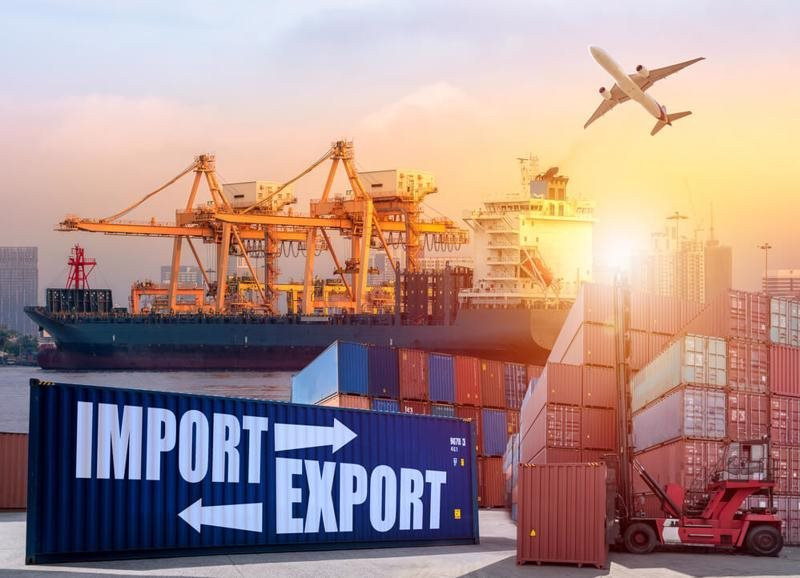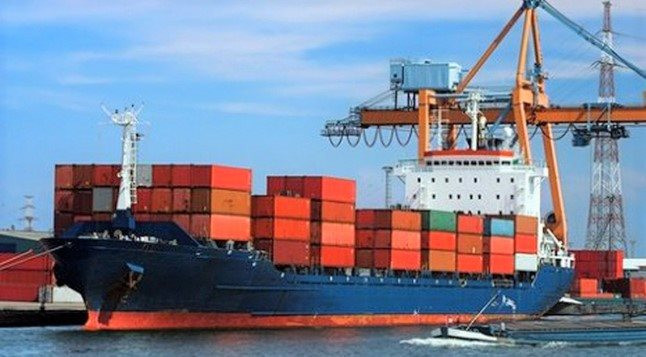Despite facing challenges in the context of a global economic recession, Vietnam has been highly regarded by international economic organizations for its growth indicators. Among them, Vietnam’s import-export sector is considered a “bright spot” in the national economy.

In its March 2023 report, the World Bank (WB) provided a favorable outlook for Vietnam’s economy. Despite domestic and international difficulties, GDP is forecasted to grow by 6.3% in 2023.
According to the WB, domestic demand may be affected by higher-than-expected inflation (an average of 4.5%) in 2023. In the first half of 2023, the growth rate of export of processed and manufactured goods slowed down due to weakened demand from the United States and the Eurozone, while China’s economic recovery still faces many challenges. Nevertheless, Vietnam’s main export markets are expected to recover from the second half of 2023, creating positive impacts on export activities. The projected growth rate is 6.5% from 2024 onwards, thanks to the improved performance of exports as all three main export markets of Vietnam (the United States, the Eurozone, and China) recover
To achieve the above figures, it is necessary for ministries and sectors to make efforts to create favorable conditions for trade and administrative reforms to facilitate the import-export activities of Vietnamese enterprises. Additionally, it is important to establish a system of large export-oriented enterprises with global competitiveness. Develop the Vietnamese brand abroad and enhance global competitiveness.
Decision No. 493/QD-TTg, dated April 19, 2022, by the Prime Minister of the Government, “Approving the Strategy for Import-Export of Goods until 2030,” sets the goal of “Sustainable development of import-export with balanced and harmonious structure, leveraging competitive advantages, comparative advantages, developing Vietnam’s brand of goods, enhancing the country’s position in the global value chain, and serving as the driving force for rapid and sustainable economic growth.” The target is to strive for an average annual growth rate of 6-7% in the export of goods during the period 2021-2030, with an average growth rate of 8-9% per year during the period 2021- 2025 and an average growth rate of 5-6% per year during the period 2026-2030.
In particular, there is a need to continue focusing on facilitating and reducing logistics costs through the development of a synchronized and efficient commercial infrastructure system, including transportation infrastructure, logistics infrastructure, and digital infrastructure, in order to optimize the connection between production and trade and make Vietnam a production and logistics hub in the region. By 2030, the aim is to reduce logistics costs to around 10%-15% of GDP and improve the efficiency of the Logistics Performance Index (LPI) compared to the current ranking of 53 out of 160 countries worldwide.
6 important factors of logistics affecting import - export activitiesc

Logistics services are often referred to as the “midwife” and play a significant role in import- export activities. A professional logistics service helps enhance the efficiency and effectiveness of import-export operations. Here are 6 crucial factors closely related to import-export activities:
1. Transportation: The most important factor in logistics services is the transportation of goods from the production site to the destination. The efficiency and reliability of transportation services directly impact the ability to export and import goods. Factors such as transportation time, vehicle safety, and transportation costs are all important.
2. Warehousing: Logistics services provide warehouse management solutions for storing and handling goods. Having an efficient warehouse management system ensures the availability of goods, minimizes disruptions in the supply chain, and strengthens import-export capabilities.
3. Customs: The customs clearance process is a vital part of import-export operations. Logistics services can provide support and advice on customs procedures, ensuring compliance with regulations, and reducing time and costs associated with customs clearance.
4. Supply chain management: Logistics services play a crucial role in managing and optimizing the supply chain. From the source of supply to the end customers, managing information, tracking and coordinating supply processes are essential to ensure smooth and efficient import-export activities.
5. Cargo insurance: Logistics services can offer cargo insurance options to protect shippers and exporters/ importers from risks such as loss, damage, or accidents during transportation. Cargo insurance plays a significant role in minimizing risks and enhancing trust in import-export operations.
6. Information management and technology: Information management systems and technology help track goods, manage transportation, plan, and optimize logistics operations. The use of technology also provides better communication and connectivity among stakeholders involved in import-export processes.




.png)
.png)
.png)


.png)
.png)






.png)

